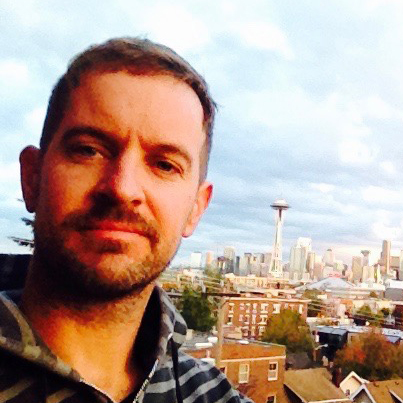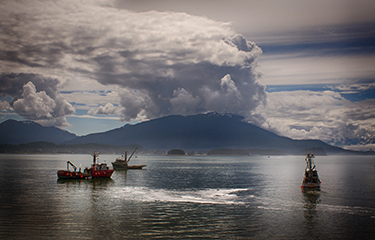Alaska’s summer salmon season in 2021 showed significant recovery over a lackluster 2020.
The 2020 season saw just 116.8 million fish caught – far below the pre-season projection of 133 million fish. The total made it the fifth-worst even-year harvest since 1975 – and with Bristol Bay removed from the equation, it was the worst sockeye salmon season since 1976.
Initial estimates for the 2021 season, however, are much more positive. A preliminary summary of Alaska’s 2021 salmon season by the Alaska Department of Fish and Game (ADFG) showed a strong catch of 233.8 million fish, nearly doubling the harvest in 2020. That total was also 32 million more fish than projected.
The large catch, coupled with a strong salmon market, resulted in a gross value of USD 643.9 (EUR 558.2) across all species, with resurgent pink salmon and another huge sockeye salmon harvest in Bristol Bay leading the way.
“When compared to the long-term time-series (1975-2020), the 2021 all-species commercial salmon harvest of 233.9 million fish and 858.5 million pounds is the third-highest on record for both total fish harvested, and total pounds harvested. Adjusted for inflation (CPI, 2021 prices), the 2021 ex-vessel value estimate of USD 643.9 million is also the third highest exvessel value reported since 1975,” the ADFG said in its report.
According to McKinley Group economist Dan Lesh, that healthy revenue total “will likely be adjusted upward to account for retroactive payments.” ADFG also said the total value did not include post-season price adjustments amidst a swift salmon market, and the report states that “the final value of the 2021 salmon fishery will be determined in 2022 after seafood processors, buyers, and direct marketers report total value paid to fishermen.”
ADFG numbers show high-value sockeye salmon accounted for USD 361.4 (EUR 317.8) million or around 56 percent of the total value, while making up about a quarter of the total harvest at 57 million fish. The lion’s share of that catch was caught in Bristol Bay, which saw its largest ever salmon run and had a catch of over 42 million sockeye.
“If you lined those fish up nose to tail, that’s enough to encircle the entire lower 48 not once, but twice. It’s just huge volumes of fish coming back to Bristol Bay right now,” Bristol Bay Regional Seafood Development Association Executive Director Andy Wink told SeafoodSource in December.
Ex-vessel base prices for sockeye salmon creeped up in Bristol Bay throughout the year, with major processors starting around USD 1.10 (EUR 0.97) and bumping their base price up to USD 1.45 (EUR 1.27) per pound after the season. Peter Pan Seafood led the way on the robust pricing with an early announcement that it would pay a base price of USD 1.10 – significantly higher than the base price of USD 0.75 (EUR 0.65) in 2020. Reports had ex-vessel prices of sockeye in Southeast Alaska as high as USD 2.00 (EUR 1.76).
Pinks, meanwhile, made up 69 percent of the harvest at 161 million fish and 28 percent of the value at USD 178.8 million (EUR 157.2 million). A disappointing chum harvest of 12.8 million fish made up 10 percent of the total revenue at USD 62.7 million (EUR 55.13 million), while coho and chinook salmon brought in USD 23.9 million (EUR 21 million) and USD 17.1 million (EUR 15 million), respectively.
Lesh said smaller average fish sizes made some of the total harvest numbers look better than they actually were.
“Areas where small fish particularly influenced the disparity between fish count and fish weight numbers include Southeast Alaska (where pink salmon averaged 2.8 pounds) and the Alaska Peninsula, where sockeye weighed an average of 4.8 pounds in 2021. Statewide, all salmon species except pinks saw their lowest average weight per fish since at least 1975,” Lesh said.
While the statewide numbers were good, the Arctic-Kuskokwim-Yukon (AYK), Chignik, and Cook Inlet fisheries saw continuing trends of dwindling salmon runs.
Photo courtesy of Maxim Gorishniak







